Experiments

Work Done Against Gravity
Climbing stairs and lifting objects is work in both the scientific and everyday sense—it is work done against the gravitational force. When there is work, there is a transformation of energy. The work done against the gravitational force goes into an important form of stored energy that we will explore in this section.
Let us calculate the work done in lifting an object of mass m through a height h, for example +If the object is lifted straight up at constant speed, then the force needed to lift it is equal to its weight mg. The work done on the mass is….

Are you looking for professional dissertation writing help on science topics? The following service https://www.mastersthesiswriting.com can customize your thesis or dissertation.
What Is Tyndall Effect ?
A colloid is a heterogeneous mixture. The size of particles of a colloid is too small to be individually seen by naked eyes. They do not settle down when left undisturbed, that is, a colloid is quite stable. The particles of a colloid are uniformly spread throughout the solution. Due to the relatively smaller size of particles, as compared to that of a suspension, the mixture appears to be homogeneous. But actually, a colloidal solution is a heterogeneous mixture, for example, milk. Because of the small size of colloidal particles, we cannot see them with naked eyes. But, these particles are big enough to scatter a beam of light passing through it and make its path visible.This scattering of a beam of light is called the Tyndall effect after the name of the scientist who discovered this effect
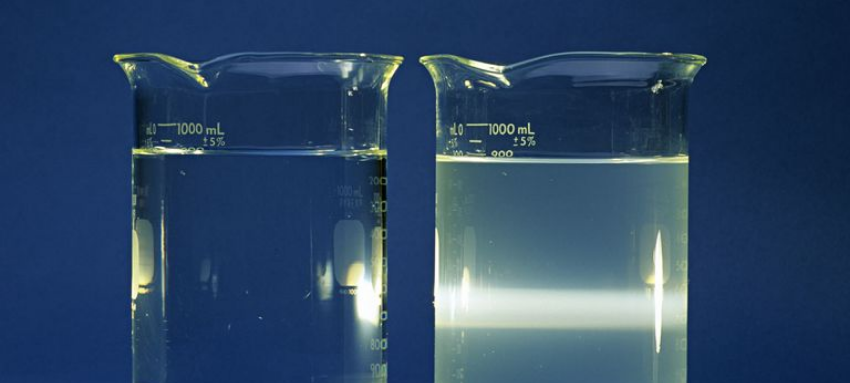
What Is Oersted Experiment?
The magnetic effect of current was discovered by H.C. Oersted in 1820. He observed that flow of electric current through a conductor produce a magnetic field around it. The magnetic effect of current can be demonstrated by doing following experiment.
Experiment to Demonstrate the Magnetic Effect of Current
First of all make a simple electrical circuit by joining a long straight wire with a battery and a plug. Now, take a magnetic compass needle and place the straight wire parallel to and over the compass needle.Then switch on the circuit so that current flows through the wire from south to north directions. Now, you will found that the north pole of compass needle gets deflected towards the west.
But, if the direction of current in the wire is reversed then the north pole of the compass needle gets deflected towards the east.
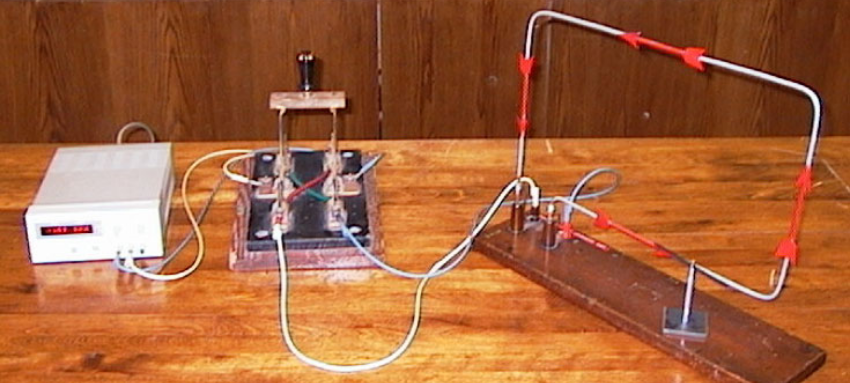
Combination Of Resistance in Series And Parallel ?
Combination of Resistances in Series
When two or more resistances are connected end to end so that same current flows through each resistor they are said to be connected in series. So, when some resistances are joined in series, the total resistance of given series of resistances is equal to the sum total of individual resistances.
Combination of Resistances in Parallel
When two or more resistances are connected across a common point so that same current flows through different paths they are said to be connected in parallel…
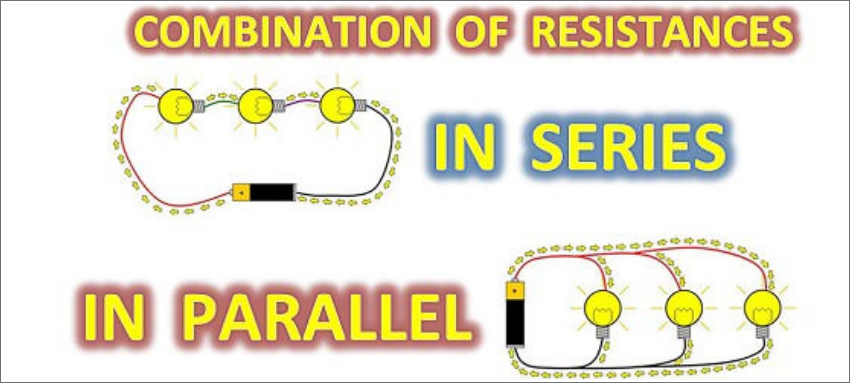
How Is Cement Manufactured?
Cement is the most important building construction material. It is fine grey powder which is made from limestone and clay. It has the property of setting into hard mass after mixing with water in required amount. The major cement producing countries in the world are China, Japan, United States of America and India. The main cement producing plants in our country are in Gujarat, Rajasthan, Orissa, Madhya Pradesh, and Tamil Nadu. The production of cement in our country started in 1904 at Chennai in Tamil Nadu…
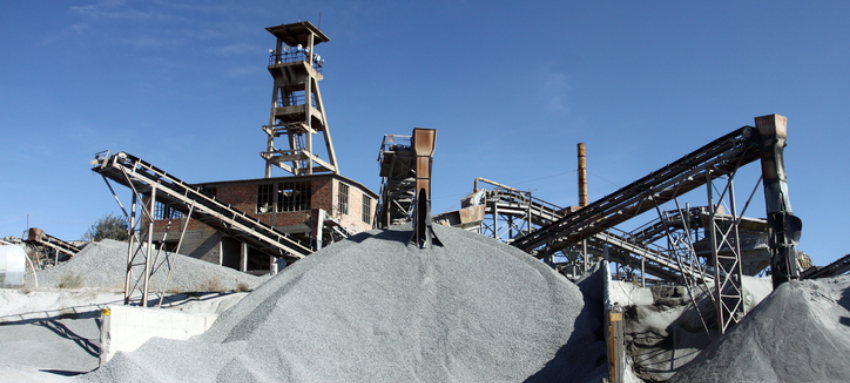
What Causes Expansion Of Hot Air And Contraction Of Cold Air ?
Air is a mixture of many gases. The molecules of gases present in air have weak inter-molecular forces of attraction. Due to this reason these molecules lie far apart from each other i.e. there are large vacant spaces present between these molecules. So, these molecules are free to move in any direction. When we heat air, the kinetic energy of these molecules increase and they begin to move farther apart from each other. In this way volume of air increases and we say that air has expanded. On the other hand, when air is cooled down, the kinetic energy of its molecules decreases. So, they come close to each other. This results in decrease in volume (contraction) of air…
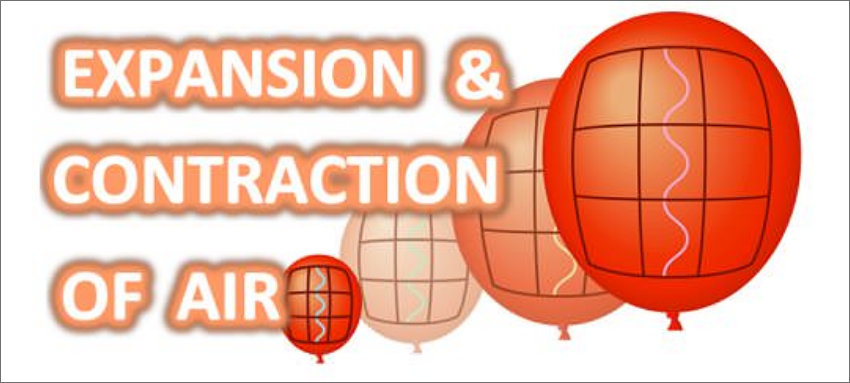
Why graphite is a good conductor of electricity?
Allotropy may be defined as existence of an element in two or more different forms that has same chemical properties but different physical properties.
Carbon element exists in two allotropic forms:-
1: Diamond &
2: Graphite.
Graphite is an important allotropic form of carbon. It is a good conductor of electricity. It is used extensively for making core of electrochemical cells (Dry Cell) and Lead pencil. Graphite has a 3 D network structure…
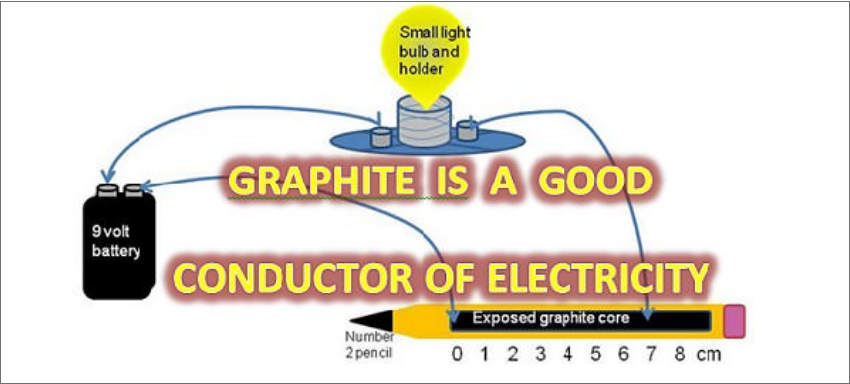
Recombination Of Spectrum Colours ?
Recombination of spectrum colours means the combining together of seven colours of white light produced by a prism to give back the white light. This can be done by doing following experiment…
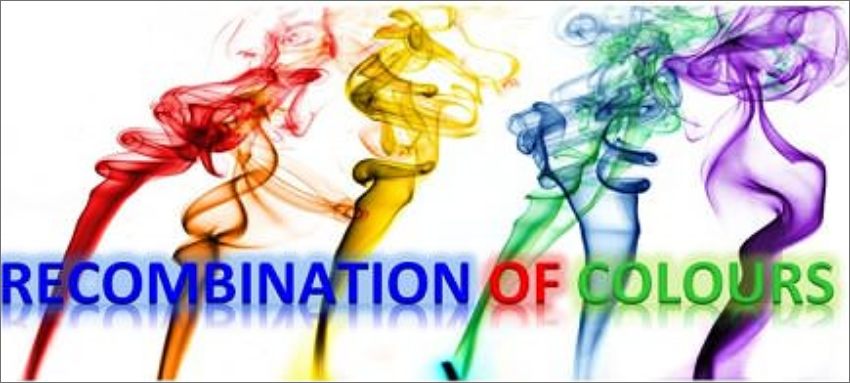
What Is The Combustion Process?
Composition of Air:-
We need air to breath in oxygen gas in our body so that our body may keep on doing its various metabolic activities normally. Thus air is the basic requirement for life on earth. Without air almost all living animals will perish from earth. Air is a mixture of many gases like nitrogen, oxygen, carbon dioxide, carbon monoxide, oxides of many other metals and non-metals, water vapours, noble gas and dust particles.
Approximate composition of Air
Nitrogen 78%
Oxygen 21%
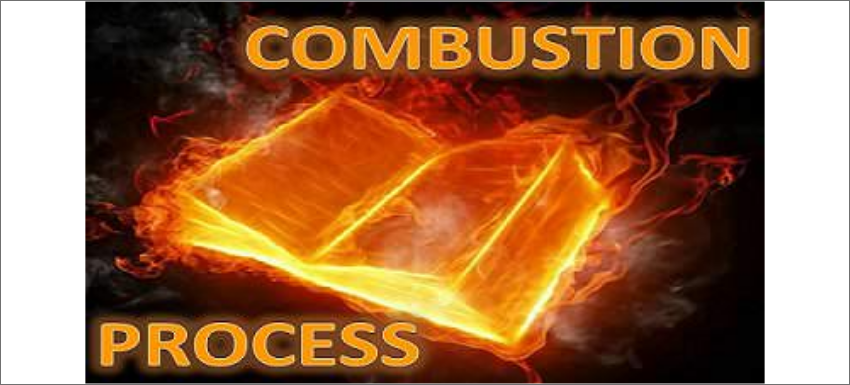
What Are Magnetic Lines Of Force ?
Magnetic filed may be defined as the space around a magnet in which the affect of magnet can be experienced. The magnetic field of a magnet is represented by equidistant parallel lines called magnetic lines of force. The magnetic line of force may be defined as the path along which the north pole of compass needle moves.
Properties of Magnetic Lines of Force
Following are the important properties of magnetic lines of force:
1. The magnetic lines of force originate from north pole of a magnet and…
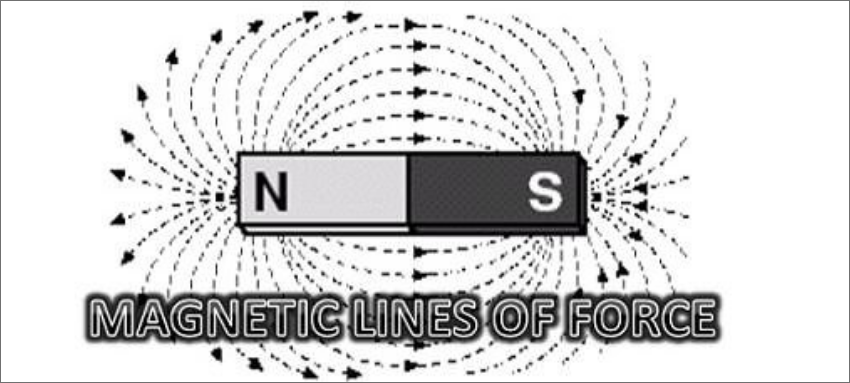
What Are Primary & Secondary Colours?
Primary Colours
The primary colours of light are red, green, and blue. These colours are also called basic colours of light. the reason for considering red, green and blue as primary colours is that all the other colours are made by mixing primary colours in suitable proportions. An interesting thing to be noted about primary colours is that when red, green and blue colours are mixed together they make white light…

What is an electromagnet?
An electromagnet is a temporary magnet in which a long insulated copper wire is wrapped on a soft iron core in the form of a helix. Thus, an electromagnet is a solenoid having a core of soft iron core at its centre. When electric current in passed through it, it behaves as a magnet because a strong magnetic field is produced in it. An electromagnet is a temporary magnet because it behaves as magnet as long as the current is passed through it…
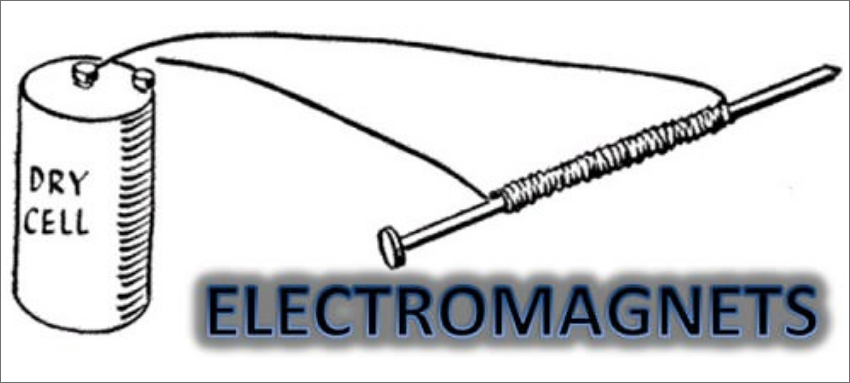
What Is Reflection Of Light?
Light is a form of energy. Light helps us to see object .But it is not visible to us. We can define light as the form of energy which causes in us the sensation of sight. Light always travels from one point to another in straight lines. The light rays travel from one point to another in the form of waves. Light is an electromagnetic wave in nature as it requires a material medium for its propagation .As we have discussed that Light is an electromagnetic wave so its propagation from one point to another depends on the nature of medium through which it passes. That is why the speed of light is very high…
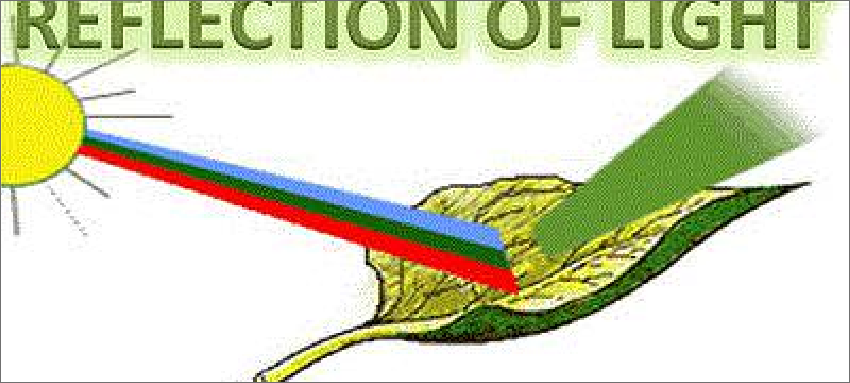
What Is Ignition Temperature?
The minimum temperature at which a substance starts to burn is called its ignition temperature. Different fuels have different ignition temperatures. Some fuels have low ignition temperature and some have high ignition temperature. The fuels that have low ignition temperature are highly inflammable and burn quickly at the spark of fire. While some fuels that have high ignition temperature do not burn quickly. They require heating to burn. For example kerosene oil does not burn unless it is heated up to its ignition temperature.
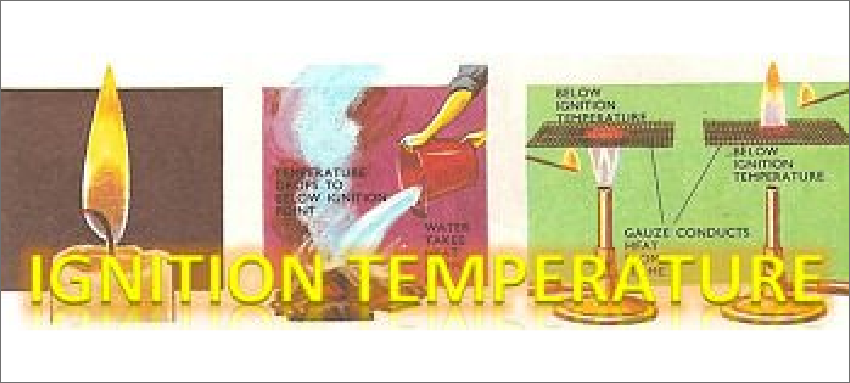
What Is Surface Tension ?
. Did you ever notice that drops of water are always spherical in shape?
. Have you ever seen insects floating over surface of water?
These phenomenon takes place due to an interesting property of liquids called surface tension. Surface tension may be defined as the inward forces of attraction that act on the surface of a liquid and help to reduce the surface area of that liquid.
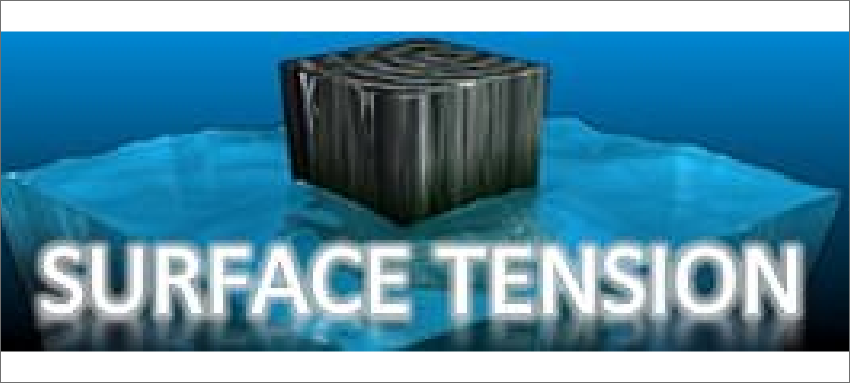
What Is Refraction?
The refraction of light may be defined as the phenomenon of change in direction of light, when it passes from one medium to another.
The cause for refraction of light when it passes through one medium to another is the difference of velocity of light in different media. As you already know that the maximum speed of light is in vacuum or air which is 3 × 108 m/s…
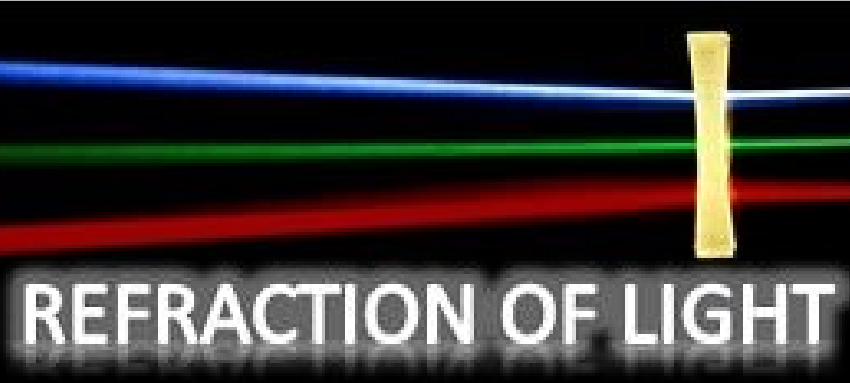
What Is Dispersion Of Light ?
The dispersion of light is the phenomenon of splitting of a beam of white light into its seven constituent colours when passed through a transparent medium. It was discovered by Isaac Newton in 1666. Newton discovered that light is made up of seven different colours. He passed a beam of sunlight through a glass prism. The glass prism split the light into a band of seven colours on his wall. He called this band of colours the ‘spectrum’. Thus the spectrum is a band of seven colours which is obtained by splitting of white light by a glass prism…
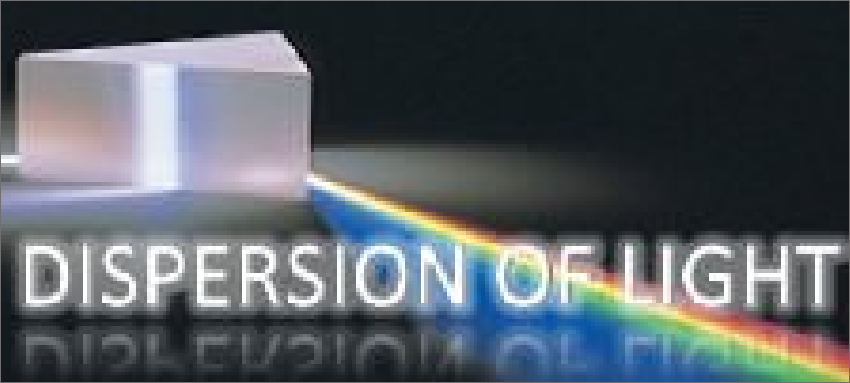
How does sodium metal react with water?
Usually all metals react with water to produce metal oxide (or metal hydroxide) and hydrogen gas. But, all metals do not react with water at equal intensity. The metals which are very reactive can react even with cold water while the other metals react with hot water or with steam.
For example:
Sodium, potassium and calcium metal can react with cold water to produce their hydroxides and hydrogen gas…
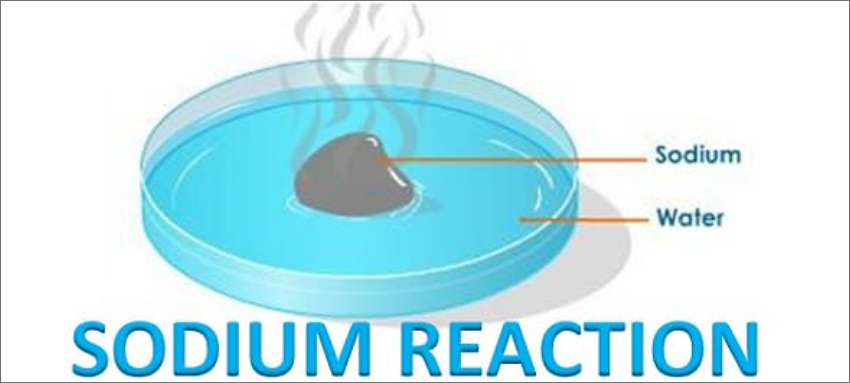
What Is Structure Of Atom ?
An atom consists of three fundamental particles: electrons, protons and neutrons. The electrons have negative charge; protons have positive charge while the neutrons have no charge. Structurally, an atom is divided into two parts: nucleus and extra nuclear portion. The nucleus is a tiny, heavy sphere which is present at the centre of an atom. The nucleus of an atom consists of protons and neutrons. Nucleus is positively charged due to the presence of protons in it. The diameter of nucleus ranges from 10–5 to 10–4 m…
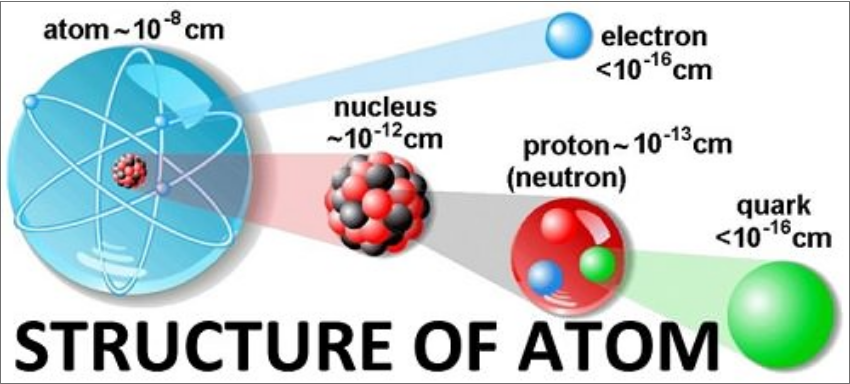
What Is Photosynthesis ?
Every living organism requires food to fulfill the requirement of energy for their various activities. Green plants are autotrophic in nature. So, they synthesize their food by a very important process called photosynthesis. The term ‘photosynthesis’ consists of two words ‘photo’ means ‘light’ and ‘synthesis’ means ‘to make’. Thus, photosynthesis is the process of making food with the help of sunlight.
It may be defined as the process of making food by green plants from carbon dioxide and water by chlorophyll in the presence of sunlight…
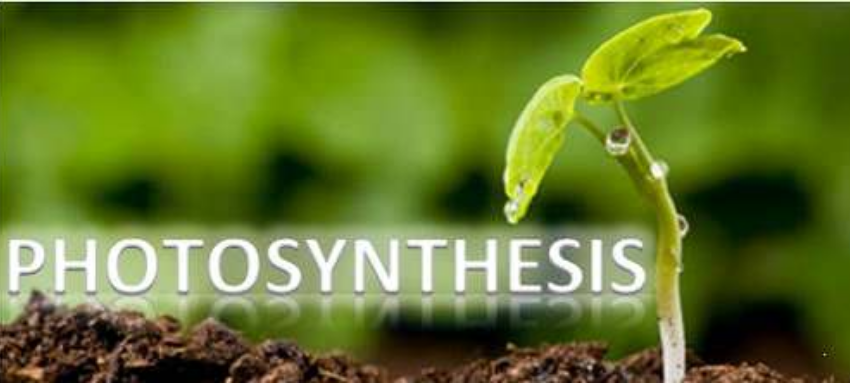
What Is Osmosis ?
Osmosis is the phenomenon of water flow through a semi-permeable membrane that blocks the transport of salts or other solutes through it. Osmosis is a fundamental effect in all biological systems. It is applied towater purification and desalination, waste material treatment, and many other chemical and biochemical laboratory and industrial processes.
When two water (or other solvent) volumes are separated by a semi-permeable membrane, water will flow from the volume of low solute concentration,..
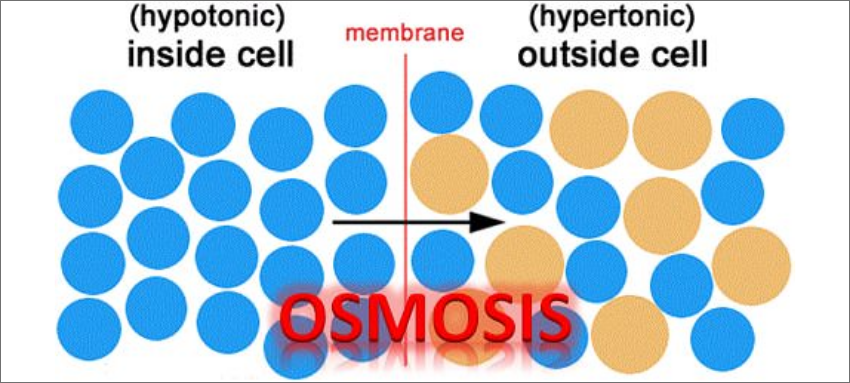
What Are Metals ?
Metals are the elements which can form positive ions by losing electrons. For example, Na is a metal because it can form positive ion (Na+) ion by losing an electron from its outermost shell. In the same way Iron, aluminium, copper, gold, silver, magnesium, potassium and calcium are also metals because all of these elements can form positive ions by losing electrons.
It should be noted that the oxides of metals are basic in nature. All metals are solid at room temperature except mercury which is liquid metal…

What Is Froth Floatation Process ?
This method is used for concentration of sulphide ores of copper, lead and zinc. In this method, powdered ore is put in a tank full of water. And then, some Pine oil is added to it. In the tank the particles of sulphide ore are wetted by pine oil whereas the gangue particles are wetted by water. Then air is passed through this mixture. This results in the agitation of water in tank, which cause the sulphide ore particles to stick with the oil and rise to the surface in the form of froth. The gangue particles being heavier remain behind at the bottom of water tank. The froth is separated and concentrated sulphide ore is obtained from it…

What Is Electrolytic Refining ?
We shall understand electrolytic refining of metals by taking the example of refining of copper. In case of copper, a thick block of impure copper is made anode and a thin block of pure metal is made cathode and copper sulphate solution is used as an electrolyte. On passing electric current, pure copper metal from the electrolyte solution deposits on the cathode. At the same time an equal amount of impure copper dissolves from anode into the electrolyte solution. The soluble impurities settle down in the solution below the anode and are called as anode mud…
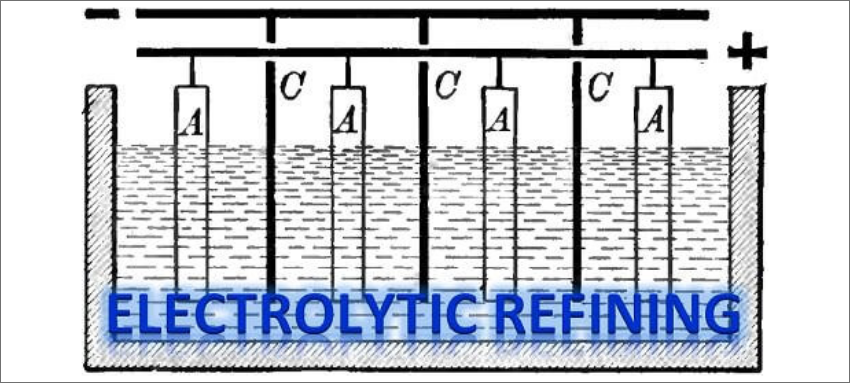
What Are Surfactants?
The chemical compounds that work on the surface of a liquid and reduce its surface tension are called surfactants. In simple words we can say that surfactants are those chemicals that increase surface area of a liquid and enhance its wettability by reducing its surface tension. E.g. Synthetic detergents and soaps etc. Almost all the synthetic detergents act as surfactants. They diminish the surface tension of water and help in deep penetration of water molecules in oil, grease and dirt particles present in dirty clothes…
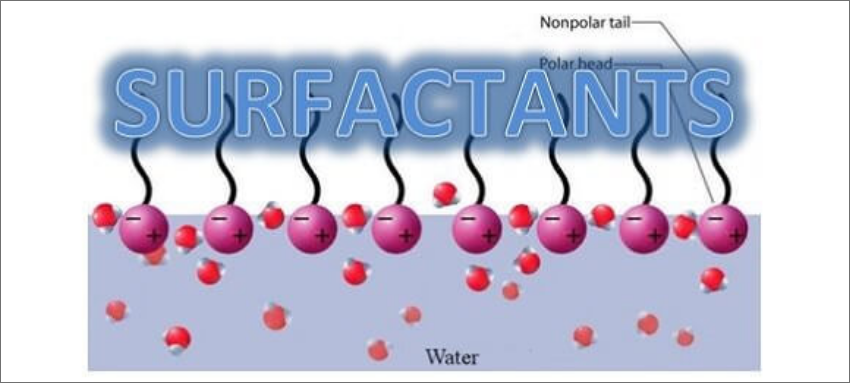
What Are Enzymes?
Enzymes are complex chemical compounds made up of proteins which act as catalysts in our body i.e. the enzymes increase the rate of chemical reactions taking place in our body. For example, the digestion of food in our takes place in 4-5 hours due to action of enzymes. In the absence of these enzymes it is estimated that the digestion of food will take place in approximately 50 years…
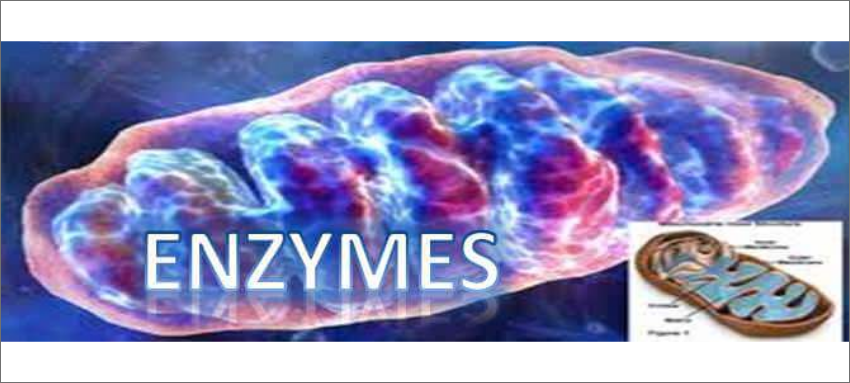
What Is Respiratory System?
The respiratory system (or ventilatory system) is the biological system that introduces respiratory gases to the interior and performs gas exchange. In humans and other mammals, the anatomical features of the respiratory system include airways, lungs, and the respiratory muscles. Molecules of oxygen and carbon dioxide are passively exchanged, by diffusion, between the gaseous external environment and the blood. This exchange process occurs in the alveolar region of the lungs. Other animals, such as insects, have respiratory systems with very simple anatomical features, and in amphibians even the skin plays a vital role in gas exchange…
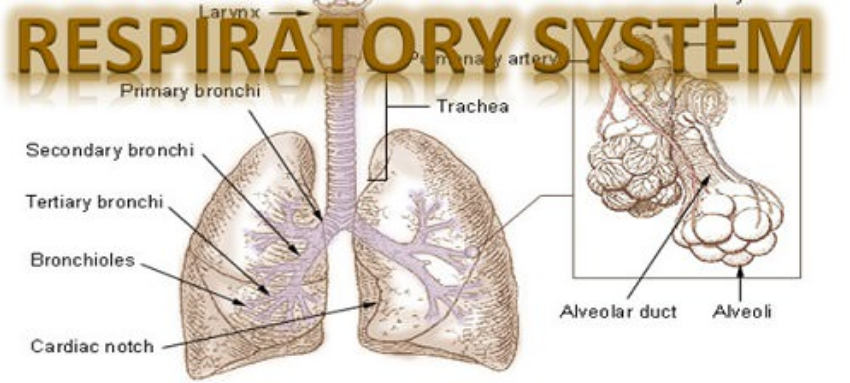
Creators of Fun Science
